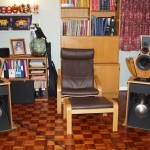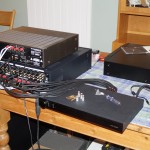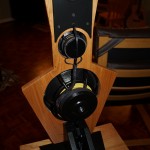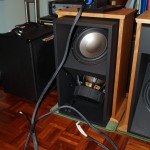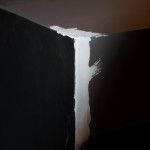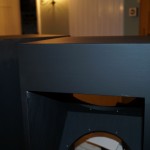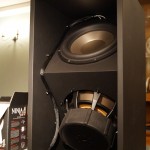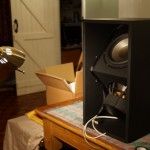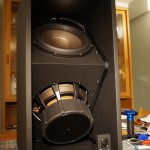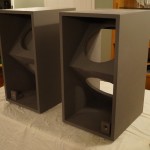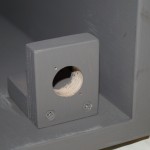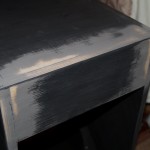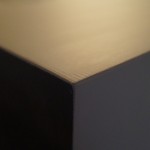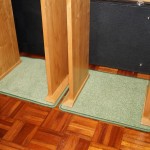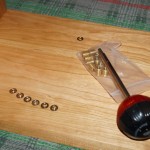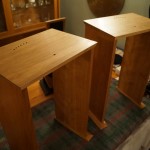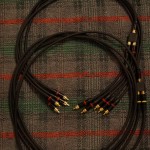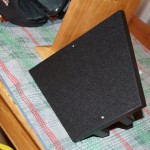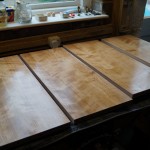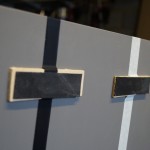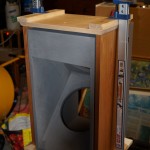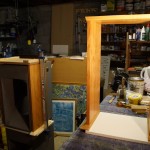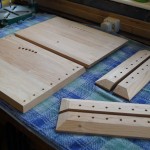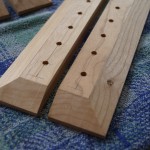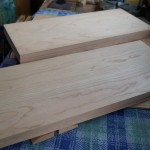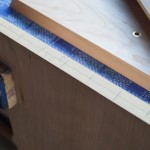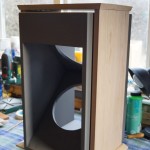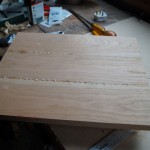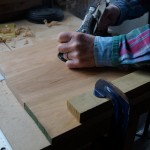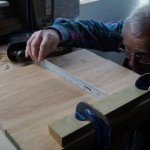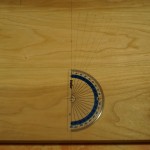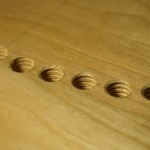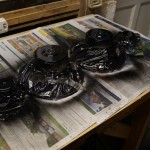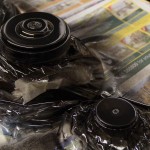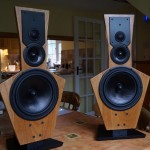Spare time in the last few days has mainly been spent on researching options for the amp repair. The CI9120 uses four power amp PCBs each carrying three channels; these are independently protected by NAD’s circuitry. Spares are still available via Sevenoaks Sound & Vision but I was informed they were around £230 each and would take one to two weeks to arrive. I have rejected this route therefore in favour of taking it to someone prepared to replace individual components as necessary – after diagnostics of course. Whether it will cost any less remains to be seen…
After reading around my thinking was that whilst the amp is in the workshop it would be an opportunity to reset or even replace all trim pots, and even consider increasing bias to tweak performance. The power amp modules are regarded by NAD as “non user-serviceable”, and annoyingly for this reason the service manual has no info on factory default quiescent current settings. The only channels taking appreciable current will be the woofers so it should be OK running warmer. I intend to discuss these options with the pro to whom I have been recommended. It goes off to him tomorrow.
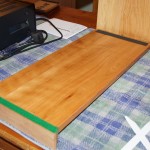
I had one small final task for the speaker bridges – to protect both bridges and woofer boxes, and to minimise any transmitted vibrations, I cut some self adhesive felt to cover the vertical inside edges of the bridge feet. I also cut four strips of self-adhesive foam and placed these on the sides of the bridges under their tops. If I ever built another pair of LX521s I would incorporate some sort of levelling option for the bridge feet; my build ended up with a slight twist on one of the bridge assemblies due to the solid cherry top so the feet were not absolutely level. My little carpet mats allow for this, so not a huge issue.
In the absence of amplification I have decided to educate myself further on circuits and have begun to work through the Complete Electronics Self-Teaching Guide. Who knows – I may end up building a Hypex multichannel amp as beloved of the LX521 user group fraternity! In the mean time the good lady wife has a plump list of projects for me now the speakers are complete…
